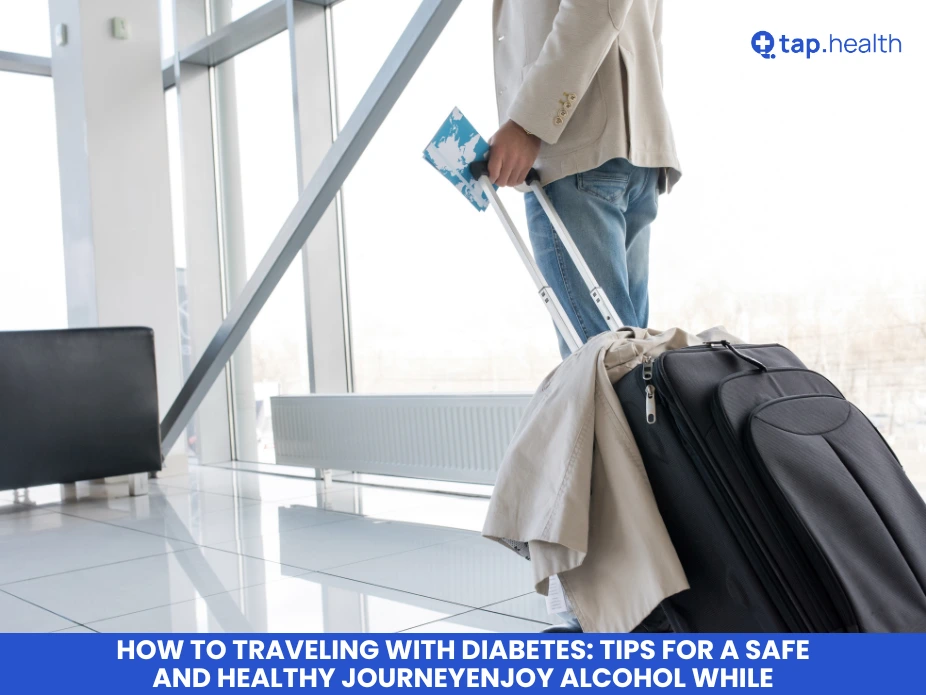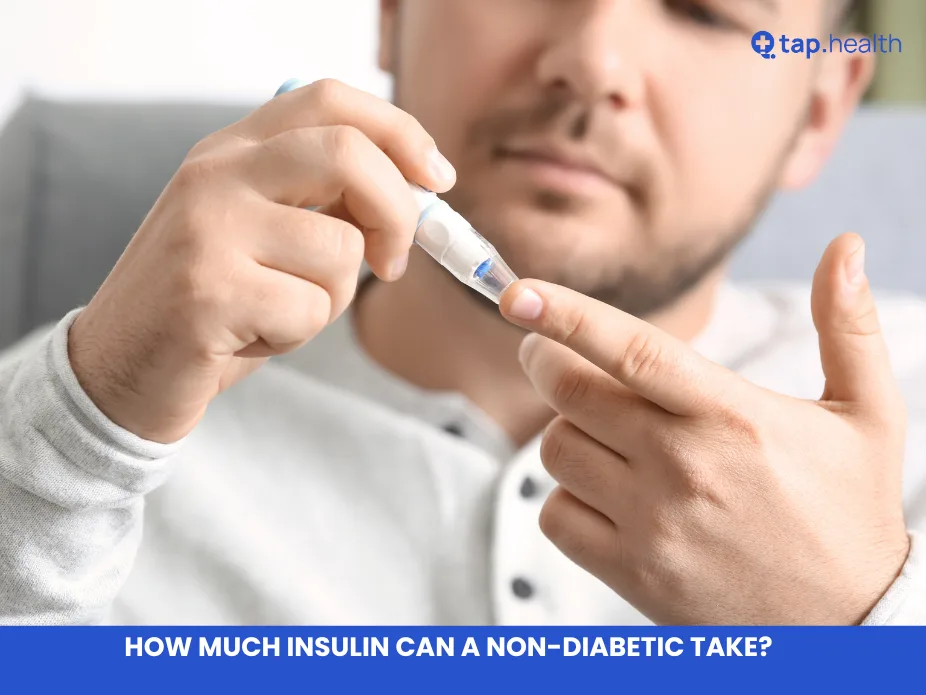Traveling can be one of life’s most enjoyable experiences, but for people with diabetes, it may come with unique challenges. Whether you’re traveling for business, pleasure, or a family vacation, managing diabetes while on the go requires careful planning and consideration. With the right precautions, people with diabetes can safely enjoy their trips without compromising their health.
This article will provide a comprehensive guide to traveling with diabetes, including practical tips for managing your condition, recommendations from experts, real-life scenarios, and research-backed advice. Whether you’re flying across the country or exploring a new city, understanding how to navigate the challenges of traveling with diabetes can help ensure a safe and healthy journey.
Real-Life Scenarios
Scenario 1: Anna’s International Adventure
Anna, a 42-year-old woman with Type 1 diabetes, was excited about her upcoming trip to Paris. However, she knew that traveling abroad could pose unique challenges for managing her condition. Before her trip, she consulted with her endocrinologist to ensure her blood sugar levels were well-controlled. She packed extra insulin, glucose tablets, and snacks in her carry-on luggage, and she also made sure to have a travel medical kit with her at all times.
During her trip, Anna experienced some jet lag and found that her blood sugar levels fluctuated. She was prepared, though, having planned her meals and snacks ahead of time and keeping her insulin and testing supplies in an easily accessible bag. Anna was able to enjoy her trip to Paris without any major issues, thanks to her careful preparation.
Scenario 2: David’s Road Trip
David, a 29-year-old with Type 2 diabetes, was taking a road trip across the country. He had managed his diabetes well at home, but he was unsure how to handle food choices and insulin management while traveling. To ensure his blood sugar stayed in check, David used a combination of pre-packaged snacks, healthy travel meals, and regular exercise during rest stops. He also scheduled time each day to monitor his blood sugar levels and made sure his medication was easily accessible.
David found that keeping a routine, even on the road, helped him stay in control of his diabetes. He also kept a list of nearby hospitals and urgent care centers in case of an emergency.
Expert Contributions
Dr. Laura Jameson, an endocrinologist specializing in diabetes care, shares her insights:
“Traveling with diabetes requires preparation, but with the right strategies, it’s entirely manageable. Whether you’re traveling across time zones or to new climates, it’s important to keep a consistent routine and be aware of how your body reacts to different environments. I recommend that my patients prepare for their trip by reviewing their diabetes management plan and making sure all supplies are packed and easily accessible.”
Dr. Jameson further emphasizes the importance of understanding how travel might affect blood sugar levels. “Changes in your routine, time zone, food, and exercise can all impact blood sugar control. That’s why it’s essential to monitor your blood sugar more frequently while traveling.”
Recommendations Grounded in Proven Research and Facts
Traveling with diabetes requires some extra planning, but it doesn’t have to be stressful. The following recommendations, grounded in research and expert advice, will help ensure that your trip is both safe and enjoyable:
1. Plan Ahead: Consult Your Healthcare Provider
Before embarking on any trip, it’s always a good idea to consult your healthcare provider, especially if you’re traveling internationally. Your provider can offer tailored advice on how to manage your diabetes during the trip. They can also help you adjust your medications or insulin doses based on the time zone changes, activity level, and dietary changes you may encounter.
2. Pack Extra Supplies
When traveling with diabetes, it’s essential to pack more than enough diabetes supplies to cover the duration of your trip, plus extra for emergencies. This includes:
- Insulin (or other medications): Bring enough to last the entire trip, plus extra in case of delays. Keep insulin in its original packaging with the prescription label attached.
- Blood sugar testing supplies: Ensure you have a working glucose meter, strips, lancets, and alcohol wipes.
- Glucose tablets or snacks: These are essential for quickly correcting low blood sugar (hypoglycemia).
- Syringes/Needles/Infusion sets: For those using injectable insulin or an insulin pump, make sure you pack everything you might need, including backups.
- Travel medical kit: Include items such as pain relievers, anti-nausea medications, and anything else that may be specific to your health condition.
- Cold packs: Insulin needs to be stored at a certain temperature, especially when traveling to hot climates.
3. Keep Medications Accessible
When traveling by air, always carry your medications and diabetes supplies in your carry-on bag. This ensures that if your checked luggage is delayed or lost, you’ll have your essential supplies with you. Keep insulin in a cooler bag, especially if you’re flying, to maintain its effectiveness.
4. Monitor Your Blood Sugar More Frequently
Traveling can disrupt your regular schedule, making it more challenging to maintain stable blood sugar levels. Changes in activity, food, and sleep can all affect glucose control. Be prepared to test your blood sugar more frequently while traveling to keep track of how your body is responding to these changes.
- Before and after meals: Testing after meals will help you determine how your body reacts to different foods, especially if you’re trying new cuisines.
- Before and after physical activity: Increased exercise or walking can affect your blood sugar, so testing before and after physical activity will help you adjust your medication or food intake.
5. Stay Hydrated
Dehydration is a common concern for travelers, especially when flying. It can affect blood sugar levels and insulin sensitivity. Drinking water regularly will help you stay hydrated and maintain stable glucose levels.
6. Manage Your Diet While Traveling
Eating habits can be erratic while traveling, but it’s important to make mindful food choices. Whether you’re at a restaurant, a café, or grabbing something on the go, here are some tips for managing your diet:
- Plan your meals: If possible, plan ahead and know what food options will be available. Choose healthier, lower-carb foods whenever possible.
- Pack your own snacks: Carry portable, healthy snacks like nuts, protein bars, or whole-grain crackers to avoid high-sugar or processed options.
- Limit alcohol: Alcohol can affect blood sugar levels, so drink in moderation and always pair alcohol with food to prevent hypoglycemia.
7. Be Prepared for Emergencies
While the goal is to travel without complications, it’s essential to be prepared for emergencies. Research healthcare facilities at your destination in case you need medical assistance. If traveling abroad, make sure you have travel insurance that covers diabetes-related issues. Always carry an emergency contact list with details of your healthcare provider and any special instructions related to your diabetes.
Factual and Reliable Information
The advice provided in this article is grounded in research from reputable sources such as the American Diabetes Association (ADA), Centers for Disease Control and Prevention (CDC), and studies published in the Diabetes Care Journal. These organizations provide evidence-based guidelines for managing diabetes during travel and encourage patients to maintain a proactive approach to diabetes care when traveling.
FAQ on Traveling with Diabetes
Q1: Can I travel if I have diabetes?
A1: Yes, people with diabetes can travel safely by taking a few precautions. With careful planning and monitoring, you can manage your diabetes effectively while traveling.
Q2: What should I do if my blood sugar is too high or low during my trip?
A2: If your blood sugar is high or low, it’s essential to take action right away. For low blood sugar, consume glucose tablets or a fast-acting sugar source. For high blood sugar, take insulin as prescribed. Always keep your blood sugar monitor handy to keep track of your levels.
Q3: How can I adjust my insulin while traveling?
A3: Speak with your healthcare provider before your trip about adjusting your insulin dosage based on time zone changes, meals, and activity levels. It’s essential to follow your provider’s advice on when to take insulin during travel.
Q4: How can I handle food and drink choices while traveling?
A4: Plan your meals ahead of time, make healthy food choices, and carry your own snacks to avoid high-sugar or processed foods. Drink water regularly to stay hydrated, and be mindful of how different foods affect your blood sugar.
Q5: What if I experience a medical emergency while traveling?
A5: Always carry a medical ID, a list of emergency contacts, and details of your diabetes condition. Know where the nearest hospital or healthcare provider is and have travel insurance that covers diabetes-related issues.



